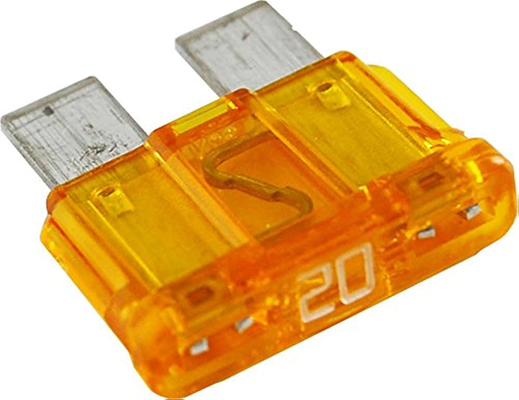Signs for Timely Fuse Replacement to Identify Electrical System Problems Early
News 2025-10-24
Fuses are critical components in electrical systems, acting as safeguards against overloads and short circuits. Timely replacement of fuses is essential to prevent potential hazards such as fires or equipment damage. Indicators for fuse replacement timing provide early warnings by monitoring factors like current flow, temperature, and usage patterns. These indicators help maintenance professionals detect issues before they escalate, ensuring system reliability and safety in various applications.

Application Scenarios
In residential settings, fuse replacement indicators are vital in older homes with fuse boxes, where they alert users to potential wiring problems during high-load activities like heating or appliance use. In industrial environments, such as manufacturing plants, these indicators integrate with monitoring systems to flag anomalies in heavy machinery, reducing downtime and enhancing operational efficiency. Automotive applications benefit from them by detecting fuse degradation in vehicles, which can prevent failures in critical systems like lighting or engine controls, thus improving road safety.
Performance Advantages
These indicators offer precise detection through advanced sensors that measure electrical parameters, allowing for proactive maintenance rather than reactive repairs. They enhance system longevity by minimizing wear on components, leading to cost savings over time. Additionally, their integration with smart technologies enables real-time data analysis, providing actionable insights that boost overall system performance and reduce the risk of catastrophic failures in complex electrical networks.
1. What are fuse replacement timing indicators?
They are devices or systems that monitor electrical conditions to signal when a fuse should be replaced, based on factors like current and heat levels.
2. How do they aid in early detection of issues?
By continuously tracking parameters, they identify subtle changes that precede failures, allowing interventions before problems worsen.
3. What benefits do they provide in electrical maintenance?
They improve safety, extend equipment life, and cut costs by preventing unexpected breakdowns through timely fuse replacements.


